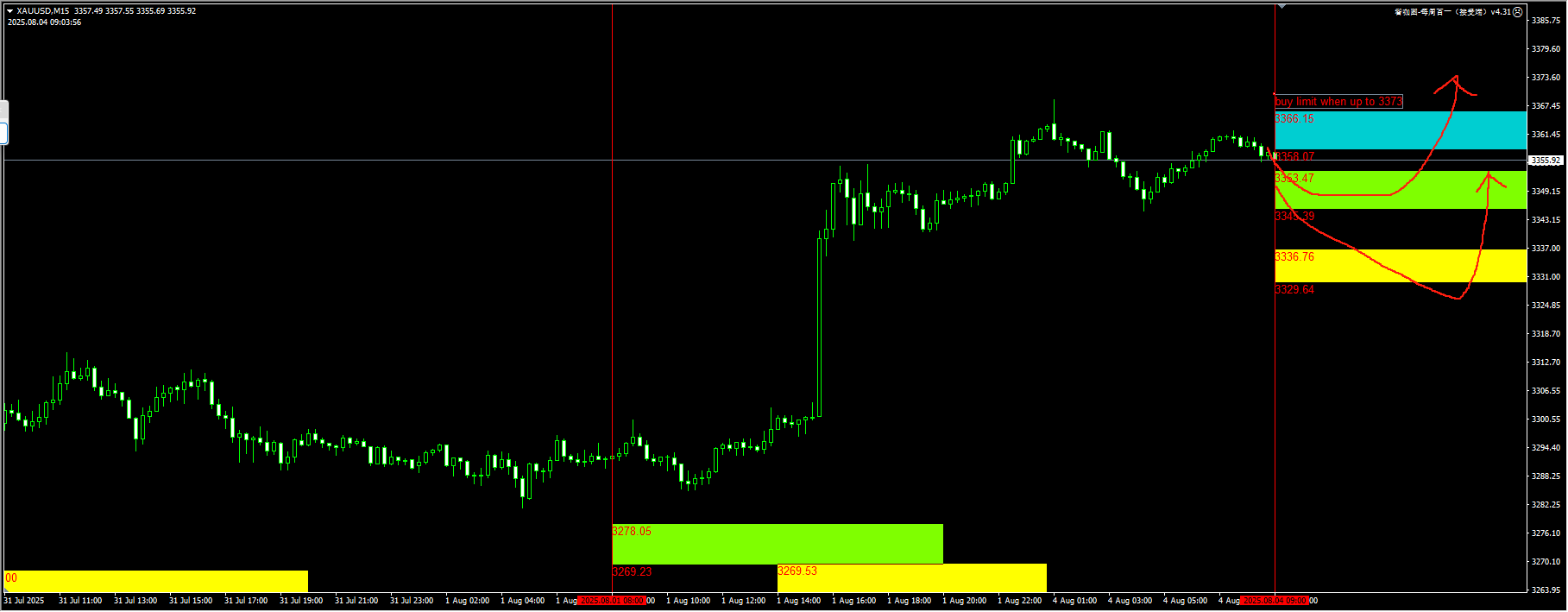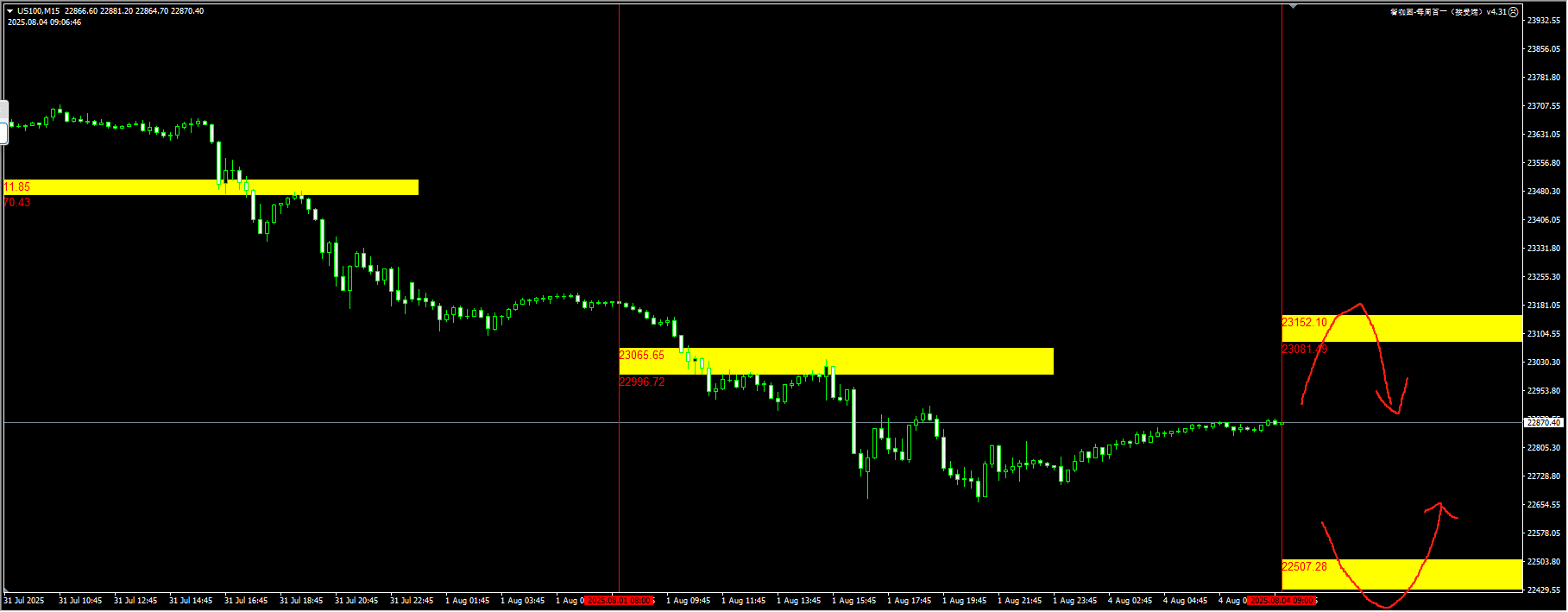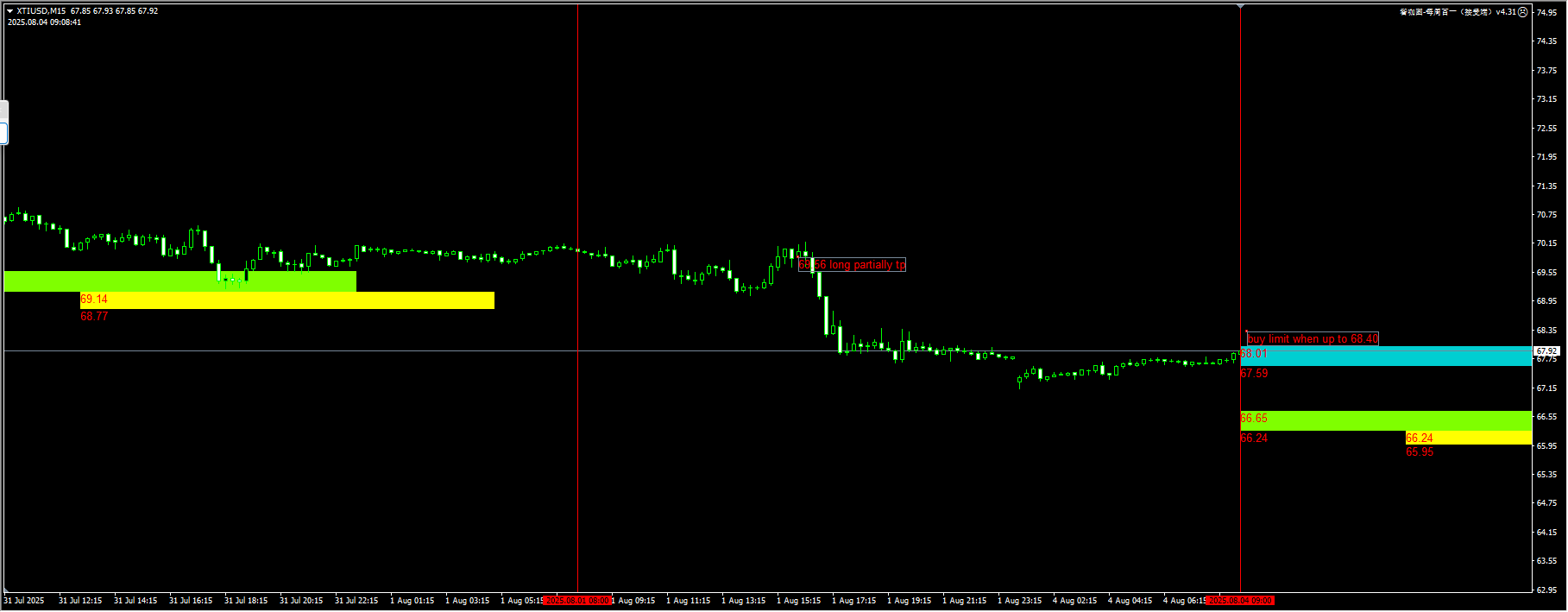Weaker-than-expected US employment data prompted traders to factor in expectations of a rate cut by the Federal Reserve, causing the US dollar to decline and emerging market currencies to rise.
The Mingcheng Capital International Emerging Market Currency Index rose 0.5% on Monday, marking its biggest gain in over a month. The Bloomberg Dollar Spot Index was little changed after falling 0.9% in the previous trading session. The Philippine peso and the Malaysian ringgit performed well, both rising about 1% against the US dollar.
Emerging market assets are getting a breather after being pressured last week by a series of new tariffs announced by President Donald Trump. The MSCI currency index rebounded on Monday after six consecutive trading days of decline. Investors are betting that the Federal Reserve may cut interest rates as early as next month after a weaker-than-expected US non-farm payrolls report.
Lloyd Chan, a foreign exchange strategist at MUFG, wrote in a report: “If the Federal Reserve resumes cutting interest rates in September and adopts a more dovish policy stance, this could provide support for Asian currencies.” He added that risks in the regional foreign exchange market could come from the United States’ imposition of tariffs, which could put pressure on exports.
Wall Street stocks slumped sharply on Friday, dragging down market sentiment, as the US unemployment rate rose and job growth slowed. Benchmark stock indexes in Indonesia, the Philippines and Malaysia all fell. The MSCI Emerging Markets Index rose slightly by 0.3%, boosted by South Korean and Chinese tech giants.
Technical analysis:
The functions of WeChat are subject to occasional restrictions. Students who want to experience the plug-in are kindly requested to try multiple times!!!
Gold: The US dollar has dropped significantly due to the “fabricated” result of the non-farm payroll, making gold the sole beneficiary in the short term. The price has risen all the way to the 3350 mark. For today, a relatively positive attitude should be adopted to look for long-term signals. The green low buy and the blue momentum breakback buy are the key levels to watch; the yellow low sweep liquidity buy is a supplement for the intraday range-bound trading. For detailed positions, please consult the plugin.

The plugin is updated from 12:00 to 13:00 every trading day. If you want to experience the same plugin as shown in the picture, please contact V: Hana-fgfg and note “666” in the message.
The most direct impact of the “fabricated” non-farm payroll data on the Nasdaq is that it has raised market concerns about the fundamentals of the US economy to a new level. Although there are expectations of interest rate cuts in the future, the recent excessive gains and the concern that the non-farm payroll data may continue to be revised downward in the future may bring about a 1-2 week period of volatile and adjusting movements to the Nasdaq. Our strategy suggests paying attention to the reverse operation after the double-sweep of liquidity at the top and bottom. The proportion of high-sweep pullback operations may be appropriately increased to about 60%. For detailed positions, please consult the plugin.

(NASDAQ 15-minute chart)
The plugin is updated from 12:00 to 13:00 every trading day. If you want to experience the same plugin as shown in the chart, please contact V: Hana-fgfg and note “666” in the message.
Crude oil: Short-term, it has declined due to the impact of non-farm payroll data. However, if the momentum starts to recover above 68-68.50 within the day, it is advisable to participate in a breakout pullback buy operation. Meanwhile, prepare for 1-2 low-buy defenses around 66.50. For detailed positions, please consult the plugin.

(Crude Oil 15-Minute Chart)
The plugin is updated from 12:00 to 13:00 every trading day. If you want to experience the same plugin as shown in the picture, please contact V: Hana-fgfg and note “666” in the message.
Today’s key economic data and events to focus on:
22:00 Revised U.S. Durable Goods Orders for June
